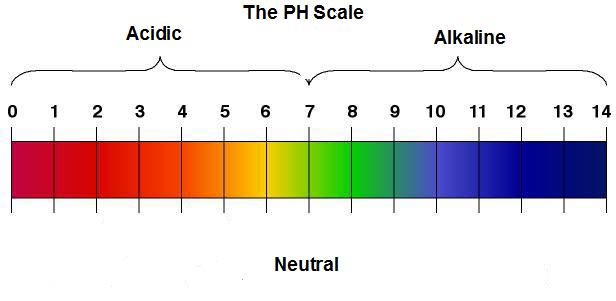How to properly clean ash off your car

British Columbians can finally breathe a small sigh of relief (and clean air), thanks to some much needed rain and cooler temperatures.
The rain has also brought down with it some of the remnants of smoke and ash that have been trapped in our atmosphere for the past couple of weeks.
Ash from big wildfires can travel for many kilometres and will often land on your car. If this happens, do not just give your car a quick dry wipe.
Why? Because the little particles can be abrasive and can scratch your vehicle’s paint.
Here are a few more tips on washing soot and ash off your car. By following these tips, it won’t take much time to get your car looking and smelling great inside and outside after a big wildfire!
1. Look for a pH balanced car wash soap
There is almost no way of knowing what kind of soap a commercial car wash is using.
Without delving too much into chemistry, the pH level of the soap is used to express its balance between acidity and alkalinity.

pH is an important factor to consider when choosing cleaners or degreasers because cleaners at both ends of the scale (14 and 0) can be very effective cleaners, but with the side effects of being a lot more environmentally or even health hazardous.
A pH level of 7 represents neutrality. Numbers less than 7 represent increases in acidity. Numbers greater than 7 represent increases in alkalinity.

Because the pH scale is logarithmic, each scale unit equals a power of 10. As such, a product that has a rating of 13 is a whopping 10,000 times more alkaline/caustic than one with a rating of 9!
Ash is high in alkalinity so there is no sense in trying to get rid of alkaline with an alkaline car wash. A pH balanced car wash soap will do a thorough job without damaging your car’s paint by ensuring that the surface remains at close to a neutral pH of 7. More caustic cleaners will leave a basic or acidic surface, so do your paint job a favour and stick with a pH balanced soap!
As a recommendation, all Meguiar’s or Mothers branded car soaps are pH balanced, and can be found at places such as Canadian Tire or Lordco.
For tougher stains on rocker panels or wheels, Simple Green’s All-Purpose Cleaner degreaser has a mild pH of 8.5 to 9.5.
2. Spray the car from top to bottom.
By “top to bottom”, this means to start washing from the roof first, then work your way down the sides of the car to the rocker panels and wheels. This ensures that all loose dirt and ash does not re-coat a clean surface that you have already rinsed off before.
Some people like to first wash the wheels and tires after hosing off their cars. This is not a particularly good idea as it inevitably leads to back splash from the wheels getting onto the previously hosed down surfaces.
After the initial rinse, use a micro fibre or sheepskin wash mitt to soap the surfaces from top to bottom, rinsing the mitt frequently to loosen trapped dirt.
Stay away from sponges as the open cells can cause particles to be trapped and dragged along the paint surface, causing thousands of micro scratches.
3. Wax or Polish is the best prevention
If you already have a good car care regime going, your vehicle is likely to be in good shape even if the remnants from the wildfire fall on your paint.
By applying a high quality carnauba wax or a synthetic polymer polish on your car’s surface once every few months (or roughly at the start of each season), not only will your car look shinier, but the paint will also have an extra layer of protection against the elements!
The more slippery surface will also make it more difficult for dirt to stick on it, meaning that your car will also stay cleaner for a longer period of time.

